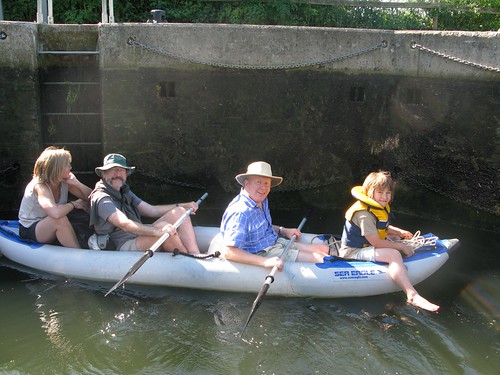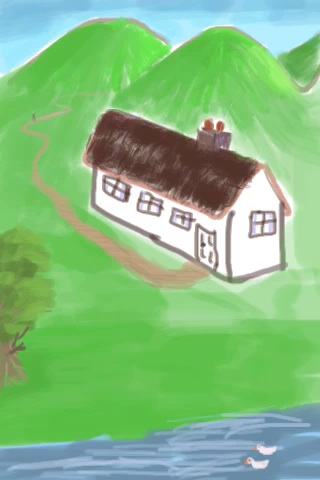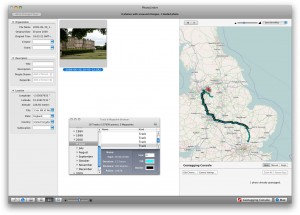I’m sorry, gentle reader, but I feel a rant coming on…
I wish to complain about the misguided fools who try to create those blasted customer support lines which use automatic voice recognition. May your share prices collapse and your banks be forced into public ownership!!
I don’t believe I have a very unusual voice for a native English speaker, but I often get recognition rates worse than 50% when asked simple things like, “Please answer yes or no.”
Me: Yes.
Phone: I’m sorry, I didn’t understand that. Please answer yes or no.
Me (trying to speak calmly and naturally because I suspect the machine will just become bloody-minded if I get impatient): Yes.
Phone: I’m sorry, I didn’t understand that. Please answer yes or no.
Me: Argghh! Go stick your head in a pig!
Phone: I’m sorry, I didn’t understand that. Please answer yes, or press 1, or answer no or press 2.
Me: Thank God! (pressing 1)
Now tell me who, in their right mind, could think that this might conceivably be better than just pressing ‘1’?
I know what happened. Some idiot in the marketing department (who never has to use their system) persuaded management that their company would look much cooler, and that they’d have a lot more happy customers, if said customers could only get through to a support person by having a cheery conversation with a machine while they’re driving down the motorway and are unable to press a button on their phones. (As if a system that has such problems on my landline could conceivably work on a mobile in the first place).
They weren’t bright enough to realise that said customer would die horribly in a crash because their judgement would be impaired by the incredible frustration brought on by the machine, or would unleash their wrath on the poor attendant at the next petrol station and be arrested, and then how would they pay you their 40 quid a month subscription, eh, that’s what I’d like to know?!
Do these systems actually work for anyone else? Is it just me? Am I in need of elocution lessons? Please say or click ‘Add comment’…









Recent Comments